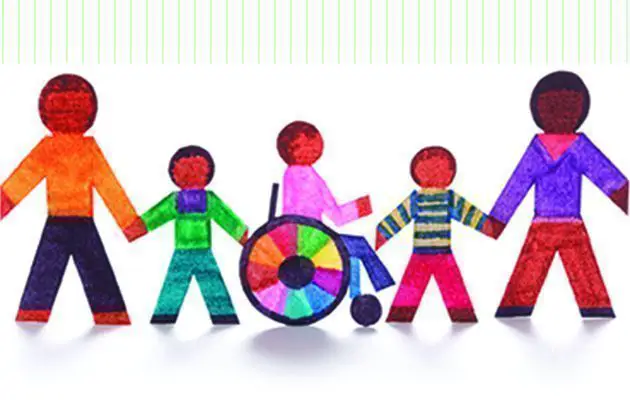As teens move through school, it’s not always easy for parents to let go and encourage children to take responsibility for their own success. Beverly Baker, co-director of the National Center for Family Professional Partnerships’ KASA project, offers advice on how to approach empowering your maturing child.
As teens move through middle school and high school, it is not always natural or easy for parents to let go and encourage their children to take responsibility for their own school success. It’s a gradual process, of course, but one that it’s best to start sooner rather than later.
Beverly Baker, co-director of the National Center for Family Professional Partnerships’ KASA (Kids as Self Advocates) project, offers a step-by-step breakdown of how to approach letting go and empowering your maturing child.
Step 1: Revisit what’s needed.
Sit down with your kid and make sure he knows what accommodations he needs. Make sure that your child understands that people with different disabilities need different accommodations—and that he shouldn’t ask a teacher for a computer program to help him read just because he sees someone else get it.
Step 2: Find a helpful partner at school.
This could be a teacher, vice principal, or counselor who is willing to work with your child to make sure she gets what is needed. Make sure your teen knows who that “case worker” is, and arrange for your child to have a meeting with him or her (without you) to talk more about what advocating for herself means.
Step 3: Hand over the reins.
At the next IEP meeting (usually held once a year, in late winter or early spring), have your child come prepared with questions and concerns written down in advance. Resist the urge to answer for him; let your child run the meeting (as much as is practical, of course).
Step 4: Encourage independent follow-up.
Every few months, your child should stop in to see the case worker to talk about how everything is going, what’s working, and what isn’t.





















